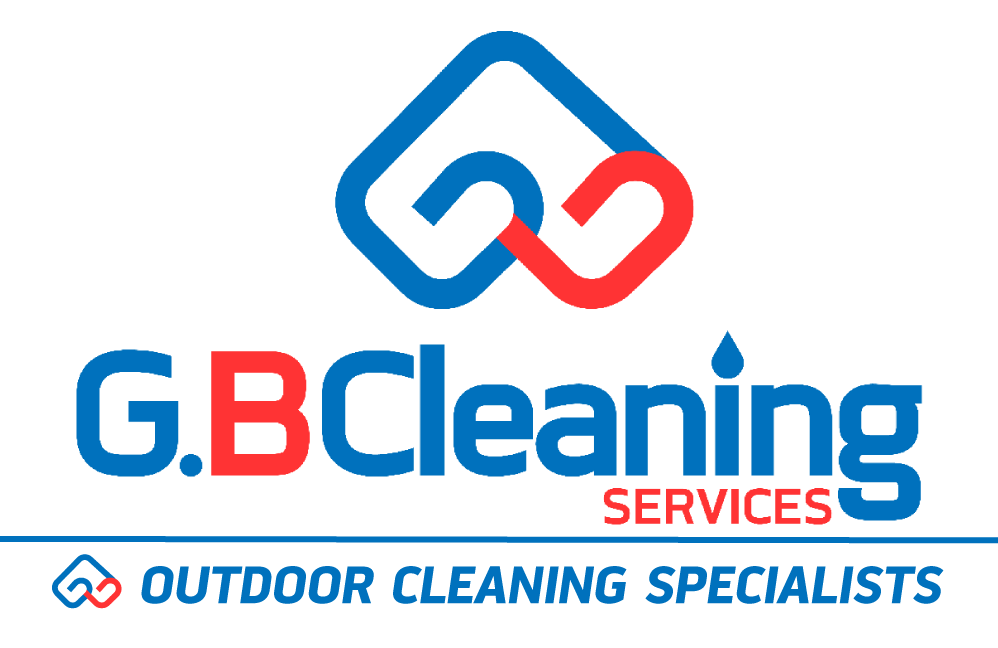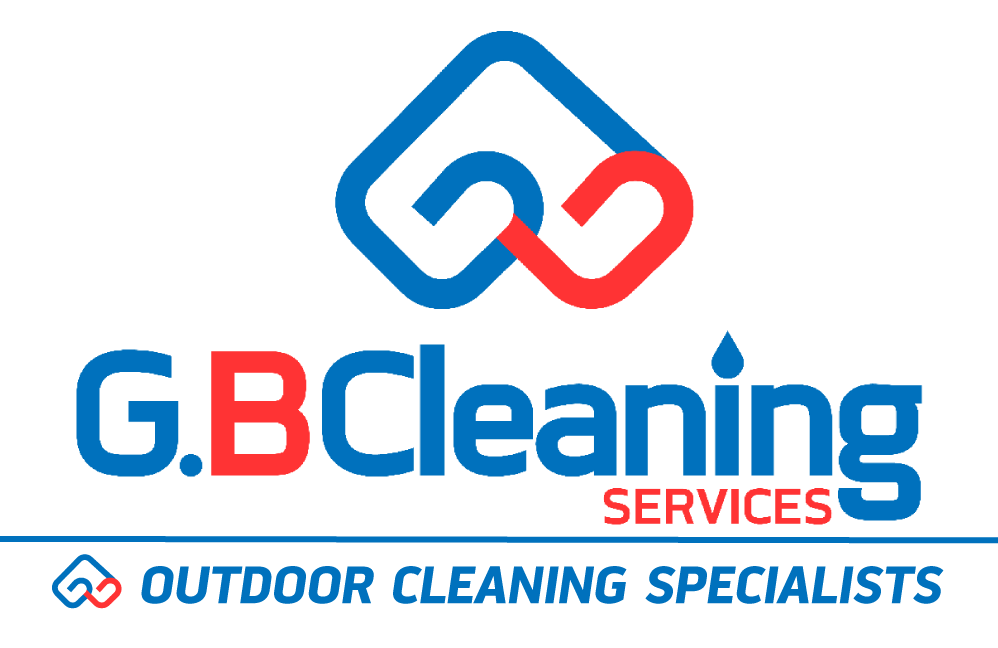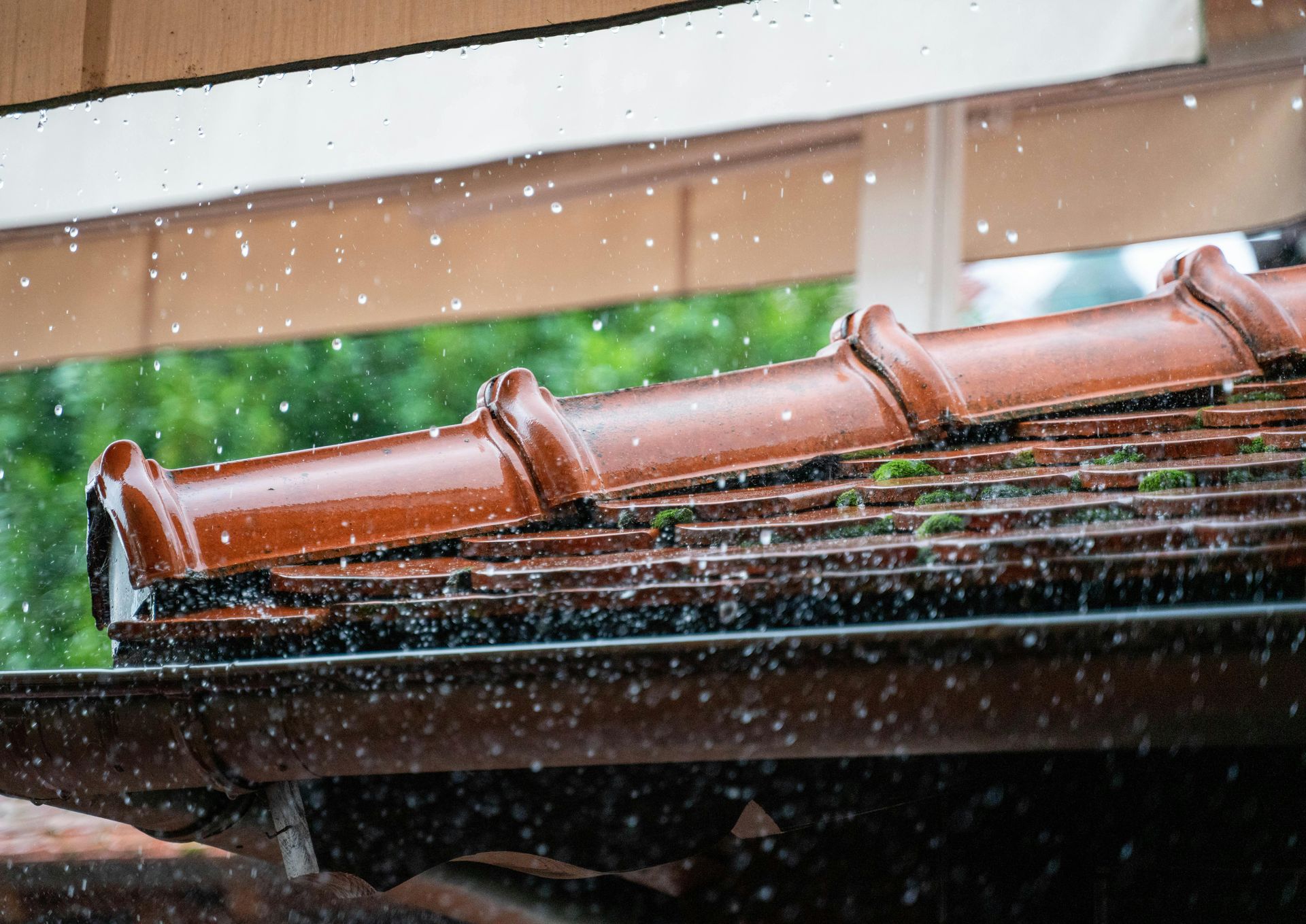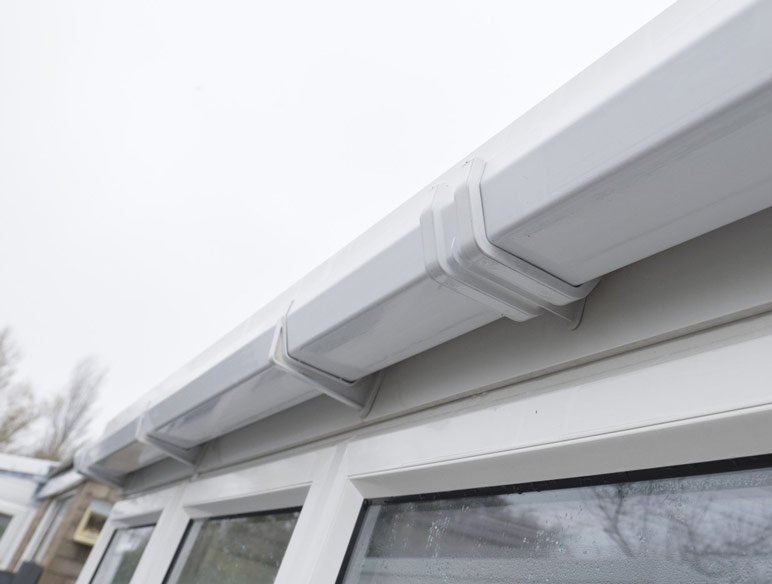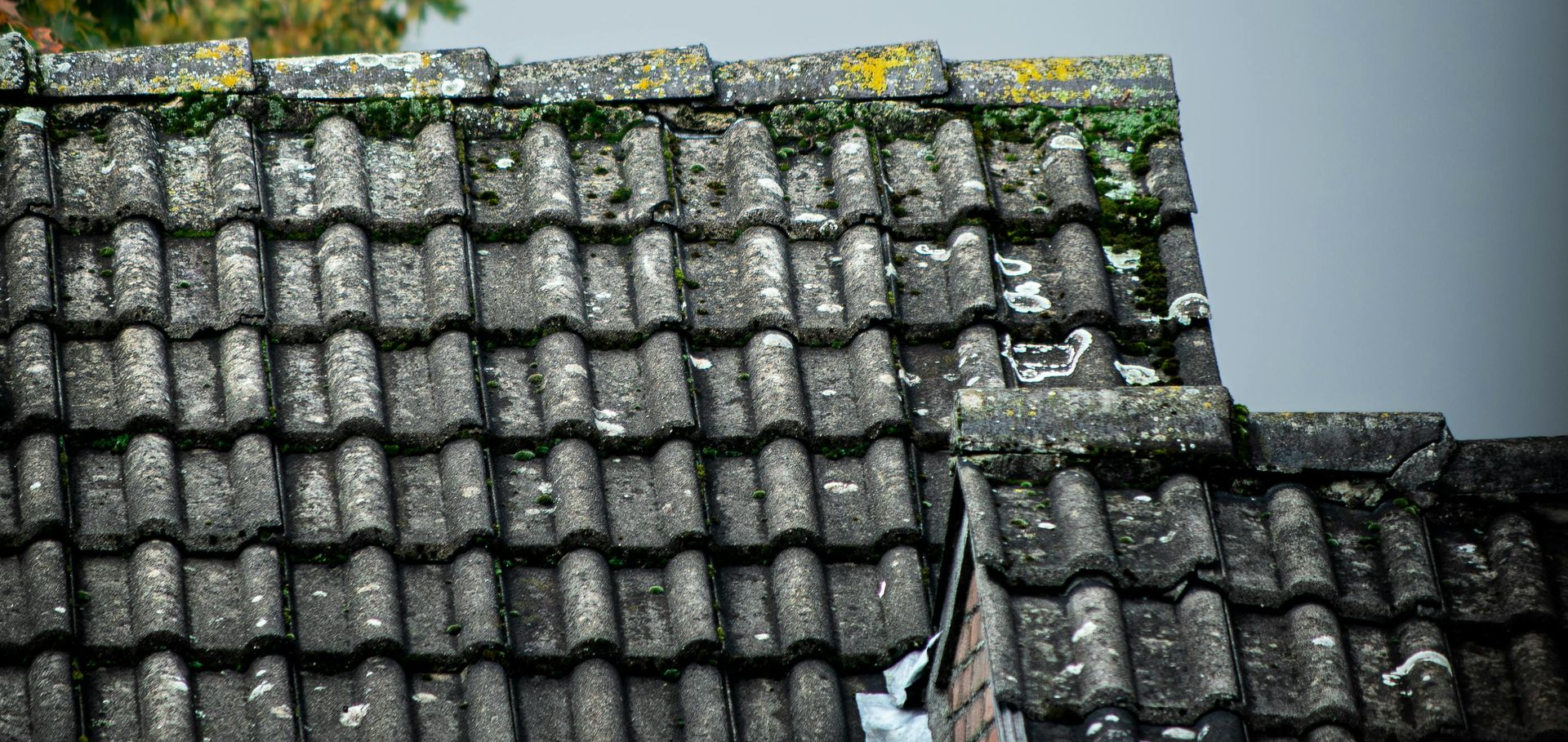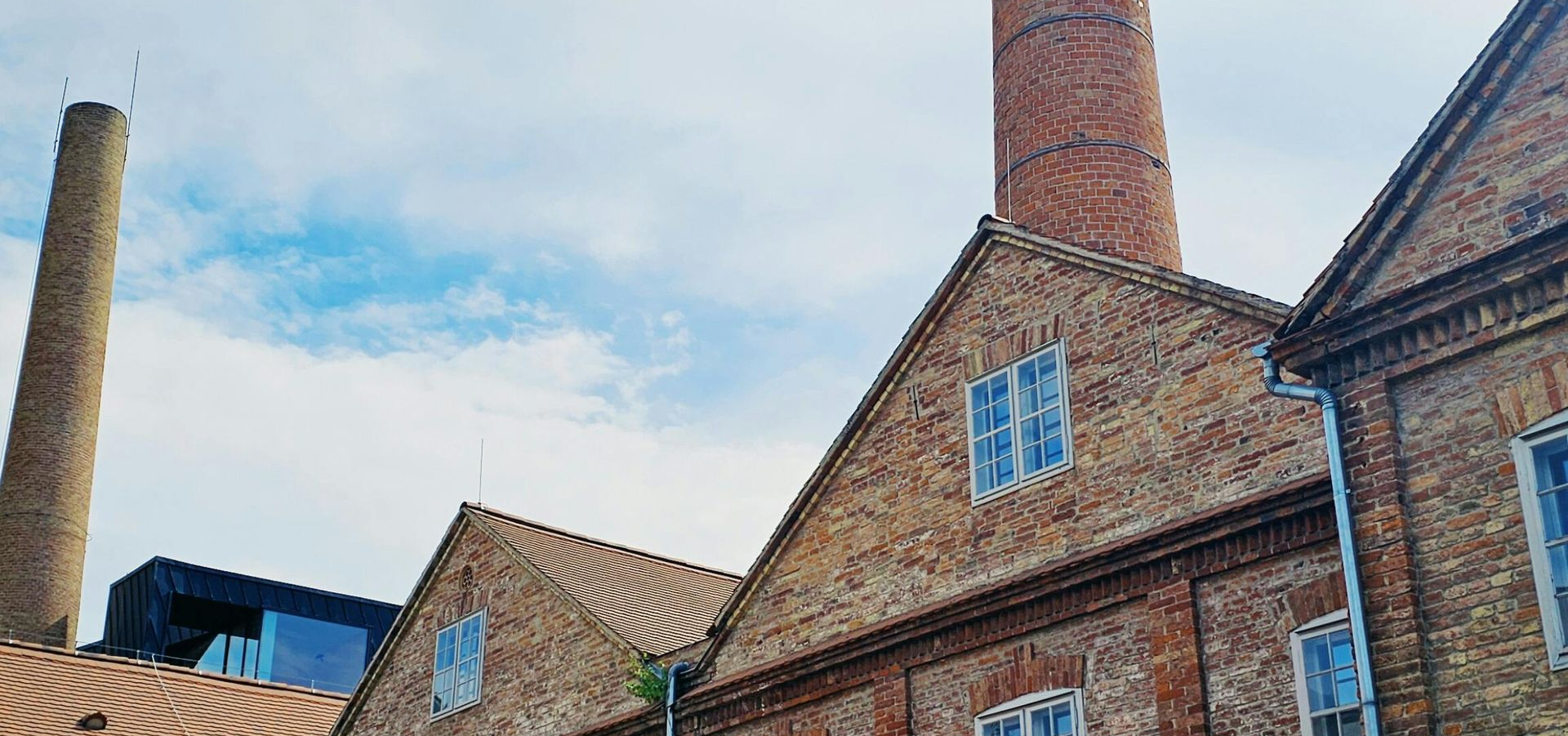The Complete Guide to Cleaning Gutters Safely from the Ground (No Ladder Required)
The thought of climbing a ladder to clean gutters fills many UK homeowners with dread, and for good reason. Statistics from the Royal Society for the Prevention of Accidents (RoSPA) show that around 6,000 people annually are hospitalised from ladder-related accidents at home, with gutter cleaning being one of the most common causes. The Health and Safety Executive (HSE) reports that falls from ladders account for 90% of gutter cleaning accidents, with medical expenses often reaching £15,000-£30,000 per incident.
Fortunately, advances in cleaning technology and equipment design have made it entirely possible to clean your gutters effectively whilst keeping your feet firmly planted on solid ground. This comprehensive guide explores the methods, tools, and techniques that allow you to maintain your gutters safely and thoroughly without ever needing to climb a ladder.
Why Ground-Level Gutter Cleaning Makes Sense
The benefits of cleaning gutters from ground level extend far beyond simple safety considerations. Understanding these advantages helps explain why more homeowners are adopting these methods and why professional cleaners increasingly rely on ground-based systems.
Safety remains the paramount concern. The HSE data shows that 29 fatal injuries occurred due to falls from height in 2021/2022, with falls from ladders being the main cause of height-related injuries. For domestic gutter cleaning, the risks multiply when you consider that most homeowners lack the proper training, safety equipment, and experience that professionals possess. Working from ground level eliminates these risks entirely whilst still achieving excellent cleaning results.
Efficiency and thoroughness often improve when using ground-level methods. Paradoxically, whilst it might take longer to set up ground-based equipment initially, the actual cleaning process frequently proves more efficient. Professional ground-level systems allow you to maintain better control and visibility of your work, often resulting in more thorough cleaning than hurried ladder work where safety concerns limit your movement and working time.
Weather independence represents another significant advantage. Ground-level cleaning reduces weather-related restrictions that make ladder work dangerous. Whilst you still wouldn't work in severe conditions, light rain or wind becomes less problematic when you're not balancing on a ladder. This expanded window of suitable conditions means you can respond more quickly to gutter problems and maintain more regular cleaning schedules.
Understanding Your Gutter System Before You Start
Effective ground-level gutter cleaning begins with a thorough understanding of your particular gutter configuration. This knowledge determines which tools and techniques will work best for your specific situation and helps you identify potential challenges before you begin.
Gutter height and accessibility form the foundation of your planning. Most UK homes feature gutters between 3-4 metres from ground level, well within the reach of modern telescopic equipment. However, extensions, conservatories, and unusual architectural features can create access challenges that require specific tool selection. Take time to walk around your property and note areas where overhanging trees, adjacent buildings, or ground-level obstacles might affect your equipment positioning.
Gutter type and condition significantly influence your approach and tool selection. Traditional half-round gutters differ in cleaning requirements from square or ogee profiles. The material—whether uPVC, cast iron, or aluminium—affects how aggressively you can clean and which tools work best. Older gutters may have accumulated more substantial debris or developed structural issues that ground-level inspection can help identify before cleaning begins.
Drainage configuration impacts your cleaning strategy. Properties with multiple downpipes require different approaches than those with single drainage points. Understanding your system's flow patterns helps you work systematically and ensures you don't inadvertently push debris into areas that will cause blockages downstream. Note the locations of bends, joints, and connection points where debris typically accumulates.
Essential Ground-Level Cleaning Tools and Equipment
The effectiveness of ground-level gutter cleaning depends heavily on having the right tools for your specific situation. Modern equipment has evolved significantly, offering homeowners professional-grade capabilities whilst maintaining user-friendly operation.
Telescopic gutter cleaning systems form the backbone of most ground-level operations. These systems typically consist of lightweight aluminium or carbon fibre poles that extend from 3-12 metres, fitted with specialised cleaning heads designed for different gutter types. Quality systems feature secure locking mechanisms that prevent unexpected collapse during use, and many include rotation joints that allow you to adjust the working angle without repositioning yourself.
Professional-grade carbon fibre poles, such as those used by commercial cleaners, offer superior rigidity and reduced weight compared to aluminium alternatives. A typical 40-foot (12-metre) carbon fibre system weighs approximately 2.65kg, making extended use manageable whilst providing excellent control precision. These systems often feature matt finishes that reduce glare and improve visibility during use.
Vacuum-based systems represent perhaps the most effective ground-level cleaning method for most situations. Purpose-built gutter vacuum systems utilise high-powered suction to remove debris whilst capturing it in collection bags, preventing mess and ensuring thorough cleaning. These systems typically feature curved end pieces specifically designed to fit gutter profiles, allowing effective debris removal even from partially blocked systems.
The most sophisticated vacuum systems incorporate inspection cameras that stream live footage to ground-based monitors via Wi-Fi or Bluetooth connections. This technology allows you to see exactly what you're cleaning, verify complete debris removal, and identify structural issues that might require professional attention. Camera systems typically feature 4K resolution with LED lighting for clear visibility in shadowed gutter areas.
Water-fed cleaning systems adapt technology originally developed for window cleaning to gutter maintenance. These systems pump water through lightweight telescopic poles fitted with brush heads designed for gutter cleaning. The constant water flow helps break down compacted debris whilst the brush action dislodges stubborn material. Many systems allow you to add cleaning solutions to tackle algae, moss, and other organic growth that pure water alone cannot remove effectively.
Pressure washing attachments offer another ground-level approach, particularly effective for gutters with heavy moss or algae contamination. Specialised gutter cleaning wands feature curved ends that direct high-pressure water along the gutter line whilst minimising back-splash. Many include mirrors or viewing ports that allow you to monitor your progress from ground level. However, pressure washing requires careful technique to avoid damage to older or more delicate gutter materials.
Leaf blower systems provide an efficient method for clearing dry debris from gutters. Purpose-built gutter cleaning attachments redirect the blower's airflow into curved tubes that fit over gutter edges. These systems work particularly well for seasonal cleaning when gutters contain primarily dry leaves and light debris. The major limitation lies in their inability to handle wet or compacted material effectively.
Mechanical scraping systems round out the essential tool options. These systems feature pole-mounted scrapers specifically shaped to match different gutter profiles. Quality scrapers incorporate pivoting heads that maintain proper contact with the gutter base as you work along its length. Some systems include collection attachments that capture debris as you scrape, reducing cleanup time and preventing material from falling onto gardens or pathways below.
Step-by-Step Ground-Level Cleaning Techniques
Successful ground-level gutter cleaning requires systematic approach and proper technique. The specific method varies depending on your chosen tools, but certain principles apply regardless of equipment type.
Preparation and safety setup should never be rushed. Begin by conducting a visual survey of your gutters from ground level, noting obvious blockages, structural damage, or areas requiring special attention. Check weather conditions and postpone work if high winds, rain, or poor visibility could compromise safety or effectiveness. Ensure you have adequate space to manoeuvre equipment and that vehicle access allows proper positioning if using van-mounted systems.
Establish your work pattern before beginning. Most professionals work systematically around the property, starting at the highest point and working towards downpipes. This approach prevents you from pushing debris into sections you've already cleaned and ensures water will flow correctly once cleaning is complete. Mark any electrical hazards such as overhead cables or exterior lighting that could interfere with equipment operation.
Initial debris removal typically begins with dry methods to clear the bulk of accumulated material. If using a vacuum system, start with the largest accessible debris to prevent blockages in your equipment. Work slowly and systematically, overlapping each section to ensure complete coverage. The extended reach of ground-level equipment means you can clean 5-10 metres of guttering without repositioning yourself, significantly reducing overall cleaning time compared to ladder-based methods.
Pay particular attention to downpipe connections and corners where debris typically accumulates most heavily. These areas may require multiple passes with different tools—perhaps vacuum removal followed by water flushing to ensure complete clearance. The ability to see your work through inspection cameras or mirrors eliminates the guesswork that often characterises ladder-based cleaning.
Water flushing and final cleaning ensures your gutters will drain properly once cleaning is complete. Water-fed systems allow you to rinse gutters thoroughly whilst monitoring flow patterns to identify remaining blockages. Start flushing at the highest point and work towards downpipes, allowing water to carry any remaining debris through the system.
During flushing, observe water flow carefully. Proper drainage should show steady flow without backing up or overflowing. Standing water or slow drainage indicates remaining blockages that require additional attention. The advantage of ground-level systems is that you can immediately address these issues without the time and safety concerns associated with ladder repositioning.
Documentation and inspection become much easier with ground-level systems, particularly those equipped with cameras. Professional cleaners often provide before-and-after footage showing the condition of gutters and the thoroughness of cleaning achieved. This documentation proves valuable for insurance purposes and helps you track the effectiveness of your maintenance schedule.
Specific Techniques for Different Debris Types
Different types of gutter contamination require adapted cleaning approaches to achieve optimal results. Understanding these variations helps you select appropriate tools and techniques for your specific situation.
Leaf and organic debris represents the most common gutter contamination in UK properties, particularly during autumn months. Fresh leaves typically respond well to vacuum or blower systems, whilst older, decomposed material may require water assistance to break down compacted layers. Pine needles present particular challenges due to their tendency to interlock and resist simple removal methods.
For heavy leaf accumulation, begin with dry removal using vacuum systems to reduce the overall volume of material. Follow this with water flushing to remove remaining organic matter and ensure proper drainage. Some professionals recommend allowing compacted organic material to remain slightly damp during cleaning, as this can actually make removal easier by reducing the tendency of dried material to bind together.
Moss and algae growth requires more aggressive treatment and often benefits from chemical intervention. These organisms establish root systems that purely mechanical cleaning cannot always address effectively. Water-fed systems allow you to apply specific cleaning solutions designed to kill moss and algae whilst providing the scrubbing action needed to remove dead material.
Moss growth often indicates underlying drainage problems or areas where gutters remain damp for extended periods. Ground-level cleaning systems with cameras allow you to document these problem areas and monitor them for recurring growth patterns. This information helps you adjust maintenance schedules and identify sections that may require additional attention or repair.
Silt and sediment accumulation typically results from roof runoff carrying fine particles that settle in gutters over time. This material often forms hard, clay-like deposits that resist simple water flushing. Pressure washing systems prove most effective for this type of contamination, though care must be taken to avoid damage to older gutter materials.
The key to effective silt removal lies in allowing sufficient dwell time for water to soften deposits before attempting mechanical removal. Ground-level systems make this practical because you can work on one section whilst allowing cleaning solutions to act on subsequent sections, maximising efficiency whilst ensuring thorough cleaning.
Structural debris including damaged roofing materials, broken tiles, or accumulated grit requires careful handling to avoid further damage to gutters or surrounding property. Ground-level systems with good visibility allow you to assess such debris properly and make informed decisions about safe removal methods.
Heavy or sharp debris may require specialised tools or professional intervention, particularly if removal could affect roof stability or create safety hazards. The advantage of ground-level assessment is that you can make these determinations safely and seek appropriate assistance when necessary.
Maintenance and Tool Care
The longevity and effectiveness of ground-level cleaning equipment depends significantly on proper maintenance and storage practices. Quality equipment represents a substantial investment that proper care can preserve for many years of reliable service.
Regular cleaning and inspection should become routine after each use. Vacuum systems require particular attention to ensure debris doesn't accumulate in hoses or filtration systems where it could reduce suction effectiveness or cause equipment failure. Check all joints, connections, and locking mechanisms for signs of wear or damage that could compromise safety during use.
Carbon fibre poles need protection from impact damage that could compromise their structural integrity. Store poles in protective cases or mounting systems that prevent accidental damage during transport or storage. Inspect pole sections regularly for cracks, particularly around joint areas where stress concentrations occur during use.
Seasonal preparation ensures your equipment remains ready for use when needed. This includes checking vacuum motor performance, testing camera systems, and verifying that all accessories function correctly. Replace worn brush heads, damaged suction cups, or other consumable components before they fail during critical use.
Battery-powered systems require particular attention to power management. Modern lithium batteries perform best when stored at partial charge levels and may require periodic conditioning to maintain optimal performance. Keep spare batteries charged and ready, particularly during peak usage seasons when equipment demands are highest.
Storage considerations protect equipment whilst ensuring easy access when needed. Many ground-level cleaning systems benefit from dedicated storage solutions that keep components organised and protected. Moisture control is particularly important for electronic components such as cameras and control systems.
Consider the storage environment carefully. Extreme temperatures, high humidity, or exposure to chemicals can degrade equipment performance over time. Proper storage extends equipment life significantly whilst ensuring reliable operation when you need it most.
Professional vs DIY Considerations
The decision between professional cleaning services and DIY ground-level systems involves multiple factors beyond simple cost comparison. Understanding these considerations helps you make informed decisions about your gutter maintenance approach.
Skill and experience factors significantly influence cleaning effectiveness. Professional cleaners bring years of experience in identifying problem areas, selecting appropriate techniques, and achieving thorough results efficiently. They also possess trained eyes for spotting structural issues, drainage problems, or damage that untrained homeowners might miss.
However, modern ground-level equipment has substantially reduced the skill barrier for effective gutter cleaning. Quality systems with inspection cameras allow homeowners to achieve professional-level visibility and documentation whilst working safely from ground level. The learning curve for most ground-level systems is manageable for typical homeowners with basic DIY experience.
Equipment investment considerations vary significantly based on your property characteristics and maintenance frequency requirements. Professional-grade vacuum systems with cameras represent substantial investments—often £2,000-£5,000 for complete systems. However, this cost must be balanced against the expense of professional services over time, which typically range from £100-£300 per cleaning session.
For properties requiring frequent cleaning or homeowners with multiple buildings to maintain, equipment investment often proves economical within 2-3 years. The additional benefits of having equipment available for emergency situations, such as sudden blockages during heavy rainfall, add value that's difficult to quantify but practically very important.
Time and convenience factors work both ways in the professional vs DIY comparison. Professional services handle scheduling, equipment transport, and cleanup, freeing your time for other activities. However, they also require coordination, may not be available during emergencies, and work on schedules that may not align with your preferences.
Ground-level DIY systems offer ultimate flexibility—you can respond immediately to problems, work at convenient times, and maintain complete control over cleaning thoroughness and frequency. Modern equipment has significantly reduced the physical demands and time requirements compared to traditional ladder-based DIY approaches.
Quality and thoroughness considerations have evolved significantly with improved ground-level technology. Professional cleaners with quality equipment typically achieve superior results compared to homeowners using basic tools.
When to Consider Professional Services
Despite the capabilities of modern ground-level cleaning equipment, certain situations warrant professional intervention. Recognising these circumstances helps you make safe, effective decisions about your gutter maintenance approach.
Structural concerns represent perhaps the most important indicator for professional involvement. If your inspection reveals damaged gutters, loose fixings, or potential roof problems, professional assessment becomes essential. These issues often require repair expertise that extends beyond simple cleaning capabilities and may involve warranty considerations or insurance implications.
Modern ground-level camera systems excel at identifying such problems early, before they become major issues requiring expensive repairs. Professional cleaners can provide expert evaluation of what you discover and recommend appropriate repair strategies or refer you to suitable contractors.
Access limitations may exceed the capabilities of even advanced ground-level equipment. Properties with unusual architectural features, extreme heights, or access restrictions may require specialised equipment or techniques that only professional services possess. Professional cleaners often have access to truck-mounted systems, advanced positioning equipment, or other specialised tools that extend beyond typical homeowner capabilities.
Time and frequency considerations might favour professional services for busy homeowners or properties requiring frequent maintenance. If your property needs quarterly cleaning due to heavy tree coverage or other factors, the time investment for DIY cleaning might outweigh the benefits, even with efficient ground-level equipment.
Insurance and liability factors can influence the professional vs DIY decision, particularly for commercial properties or rental investments. Some insurance policies specify requirements for professional maintenance of building systems, whilst others offer reduced premiums for professionally maintained properties. Check your specific policy requirements before committing to DIY approaches.
Seasonal Considerations and Planning
Effective gutter maintenance requires understanding seasonal patterns and planning cleaning schedules accordingly. Ground-level systems make it practical to maintain more frequent cleaning schedules that prevent serious problems from developing.
Autumn cleaning represents the most critical seasonal maintenance period for UK properties. The combination of falling leaves and increased rainfall creates optimal conditions for gutter blockages that can cause significant property damage. Ground-level systems make autumn cleaning safer and more practical, as you can work in conditions that might make ladder use dangerous.
Plan multiple cleaning sessions during autumn rather than attempting to address the entire season's accumulation in a single session. Ground-level equipment makes this approach practical and ensures gutters remain functional throughout the period of highest demand. Early autumn cleaning (September) removes summer growth and prepares gutters for leaf fall, whilst later sessions (November) address the bulk of deciduous tree shedding.
Spring maintenance focuses on winter damage assessment and preparation for summer growth seasons. Ground-level inspection systems excel at identifying frost damage, ice-related problems, or other winter issues that require attention. Spring cleaning also removes any debris that accumulated during winter months when regular maintenance may not have been practical.
Summer monitoring and maintenance helps prevent problems that could develop during heavy summer rainfall periods. Ground-level systems make quick inspections practical, allowing you to address small problems before they become significant issues. Summer cleaning also provides optimal conditions for any repair work that your inspections identify.
Winter precautions are important in regions prone to freezing conditions. Ensuring gutters drain completely before freezing weather prevents ice formation that can damage gutter systems. Ground-level systems allow safe winter inspections and emergency clearance if blockages develop during winter months.
Cost-Benefit Analysis of Ground-Level Systems
Understanding the financial implications of ground-level gutter cleaning systems helps you make informed investment decisions. The analysis extends beyond simple equipment costs to include safety, convenience, and long-term maintenance considerations.
Initial investment costs for quality ground-level systems vary significantly based on sophistication and capabilities. Basic telescopic cleaning systems start around £50-£150, whilst professional-grade vacuum systems with cameras can cost £2,000-£5,000 or more. The investment decision should consider your property's specific requirements, maintenance frequency needs, and safety priorities.
Ongoing operational costs remain relatively low for most ground-level systems. Vacuum systems require occasional filter replacement and general maintenance, whilst water-fed systems need periodic pump servicing and brush head replacement. These costs typically total £100-£300 annually for regular residential use.
Safety-related cost savings can be substantial when considering the potential expenses associated with ladder accidents. The average cost of ladder-related injuries ranges from £15,000-£30,000, according to consumer safety data. Whilst the probability of serious accidents remains relatively low, the potential cost consequences make safety investments financially justified for many homeowners.
Professional service cost comparisons help quantify the equipment investment decision. Professional gutter cleaning typically costs £100-£300 per session, depending on property size and complexity. Properties requiring bi-annual cleaning spend £200-£600 annually on professional services, whilst those needing quarterly cleaning might spend £400-£1,200 or more.
Property protection value represents perhaps the most significant long-term financial consideration. Properly maintained gutters prevent water damage that can cost thousands of pounds to repair. Ground-level systems make regular maintenance more practical and thorough, potentially preventing expensive damage whilst preserving property value through proper upkeep.
Conclusion: The Future of Safe Gutter Maintenance
Ground-level gutter cleaning represents a significant advancement in home maintenance safety and effectiveness. The combination of sophisticated equipment, improved techniques, and enhanced visibility has made it entirely practical to maintain gutters thoroughly without the risks associated with ladder use.
The technology continues to evolve, with manufacturers developing increasingly capable and user-friendly systems.
Camera systems are becoming more affordable and sophisticated, whilst vacuum systems grow more powerful and efficient. Water-fed systems benefit from advances in pump technology and pole materials that improve performance whilst reducing weight and complexity.
For UK homeowners, the transition to ground-level gutter cleaning offers compelling advantages in safety, effectiveness, and convenience. The initial equipment investment is often justified within 2-3 years through reduced professional service costs, whilst the safety benefits provide immediate and ongoing value that's difficult to quantify but practically very important.
The key to success lies in selecting appropriate equipment for your specific situation, developing proper techniques through practice and experience, and maintaining equipment properly to ensure long-term reliability. With quality ground-level systems and proper technique, homeowners can achieve professional-level gutter cleaning results whilst eliminating the safety concerns that have historically made gutter maintenance one of the most dangerous common household tasks.
As ladder-related accident statistics continue to highlight the risks of traditional gutter cleaning methods, ground-level systems offer a welcome alternative that doesn't compromise effectiveness for safety. The future of residential gutter maintenance clearly points towards ground-based methods that keep homeowners safe whilst maintaining their properties properly.
